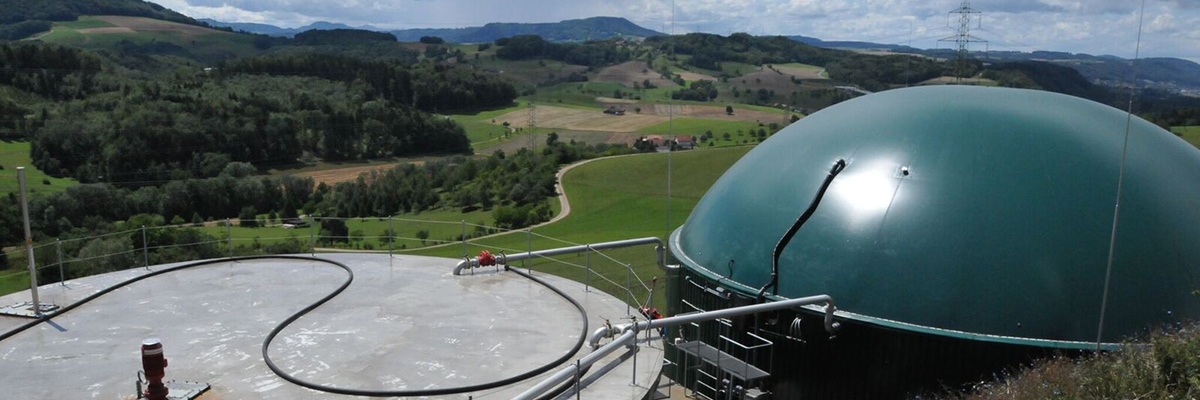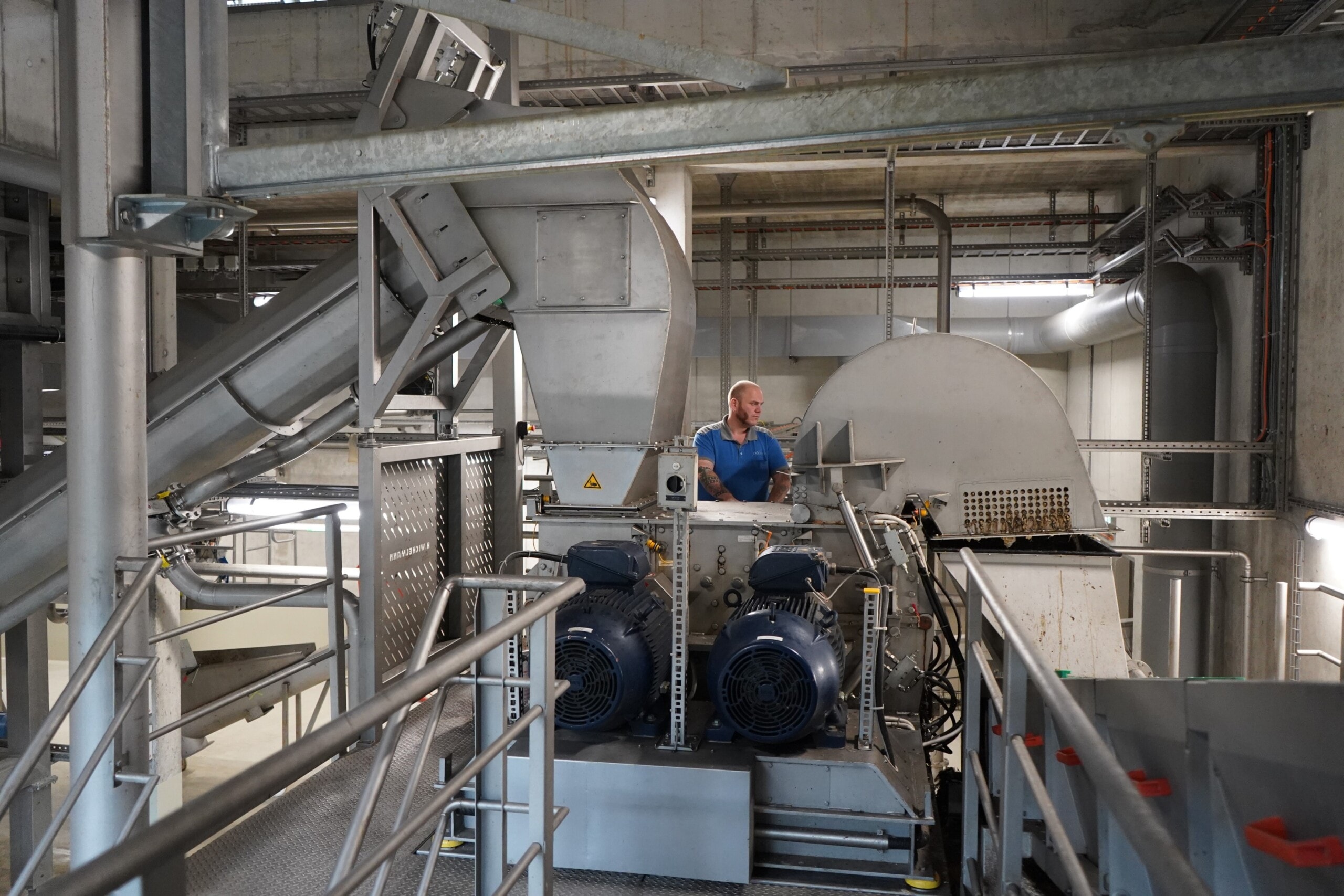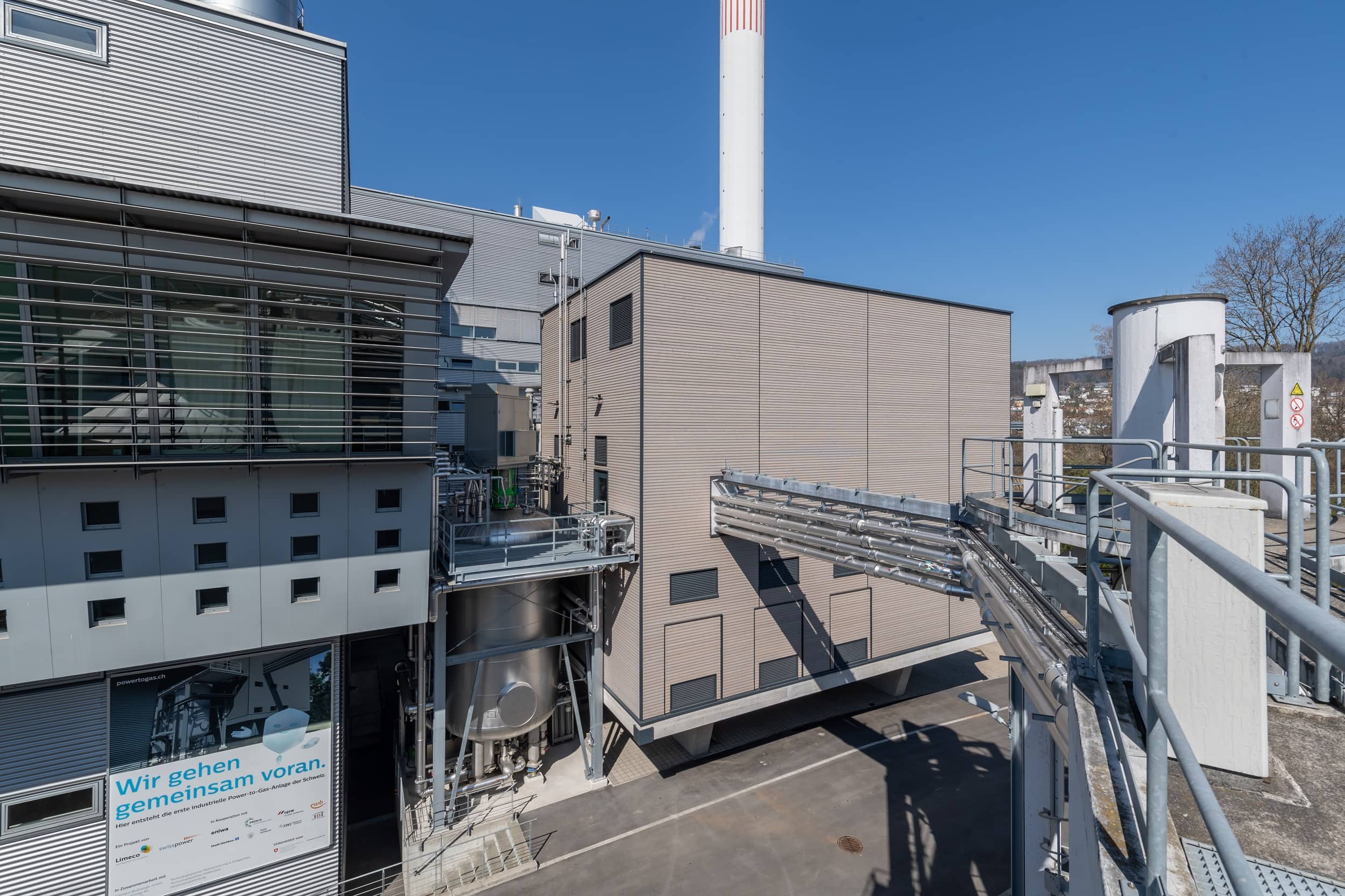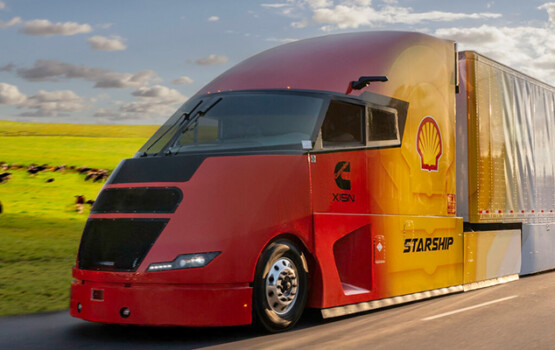Portal for more climate-friendly mobility

Improving biogas production
Swiss biogas currently covers just a fraction of the gas demand. The 2023 Bioenergy Research Conference discussed how production could be increased in Germany, for example, and the challenges and advantages that this would bring.
 One of the approximately 120 agricultural and around 30 commercial biogas plants that ferment green waste in Switzerland. Source: Biomasse Suisse
One of the approximately 120 agricultural and around 30 commercial biogas plants that ferment green waste in Switzerland. Source: Biomasse Suisse
In 2021, renewables accounted for around 28 percent of Switzerland’s final energy consumption. A quarter of this was generated using energy from biomass. In the case of electricity, 62 percent came from renewable sources, while in the case of heat generation, only 25 percent came from renewable sources. Two years ago, electricity production from biomass had a share of 3.33 percent, while biomass was an important mainstay of heat production with 65.2 percent. The energy dashboard provides information on current energy consumption in Switzerland, whether electricity or gas, as well as key data on net imports, reservoir fill levels, weather information and prices.
However, what is currently possible and what is needed by 2050 and beyond to achieve the net-zero target are two completely different things. This is because the use of biomass is still in its infancy in Switzerland, although it has great potential and should be expanded. This is even stated in the government’s Energy Perspectives 2050+, which state among other things: “Switzerland’s potential for biomass (…) must be fully exploited”. And according to a supplementary report, biomass plays a key role in decarbonising the energy system.
 As here at the ARA Bern, biogenic residues are turned into valuable energy thanks to modern biogas plants. Source: CNG-Mobility.ch
As here at the ARA Bern, biogenic residues are turned into valuable energy thanks to modern biogas plants. Source: CNG-Mobility.ch
Biomass is an all-rounder with a wealth of potential uses to produce electricity, heat or even fuels. This was also demonstrated at the Bioenergy Research Conference in Switzerland, at which new approaches to research, the recycling of waste materials and future fuels were discussed. If the share of biomass in Switzerland’s gross energy consumption is to be massively increased from the current level of around 8 percent and at least doubled by 2050, then the use of biomass and thus also the production and use of biogas must be significantly expanded.
 Denmark is leading the way, with what is currently Europe’s largest biogas plant supplying environmentally friendly energy from residual materials on a daily basis. Source: Nature Energy
Denmark is leading the way, with what is currently Europe’s largest biogas plant supplying environmentally friendly energy from residual materials on a daily basis. Source: Nature Energy
The Bioenergy Research Programme, which is coordinated and managed by the Swiss Federal Office of Energy (SFOE) on behalf of the Swiss Energy Research Commission (CORE), supports and finances innovative topics of relevance to Switzerland, including in the field of biomass fermentation. For example, Hajo Nägele from the ZHAW explained details and optimisation possibilities from the international working group that deals with the anaerobic digestion (AD) of biomass feedstocks – throughout the entire biogas production chain. His colleague at ZHAW, Wolfgang Merkle, showed how a biogas plant from 1995 can be improved in such a way that the material throughput is increased by 66 percent. The downside is that this reduces biogas production, says Merkle. But it increases the profitability of the plant.
 The novel plant concept with upstream hydrolysis stage and improved substrate pretreatment, as proposed by the ZHAW researchers, is located at Wigako in Süderen BE. Source: Wiagko
The novel plant concept with upstream hydrolysis stage and improved substrate pretreatment, as proposed by the ZHAW researchers, is located at Wigako in Süderen BE. Source: Wiagko
Sandra Hermle, Head of the Bioenergy Research Programme at the SFOE, also pointed to the doubling of bio-LNG plants and the tripling of their production capacities in Europe. And she made clear that as early as 2025, around 100 plants will be producing bio-LNG/LBG – with a volume of around 90 TWh per year. However, the conference also discussed e-fuels and hydrogen, which experts such as Zoe Stadler, Head of Power-to-Gas at the Institute of Energy Technology, part of the OST Eastern Switzerland University of Applied Sciences, believe must be part of the decarbonisation efforts if the net-zero target is to be achieved. (pd/jas, 25 May 2023)
All the details of the conference, including PDFs of the individual presentations, can be found here.
 Limeco’s first industrial power-to-gas plant in Dietikon ZH helps save up to 5000 tons of CO2 annually. Source: Limeco
Limeco’s first industrial power-to-gas plant in Dietikon ZH helps save up to 5000 tons of CO2 annually. Source: Limeco
You might also be interested in

Shell Starship on record hunt
